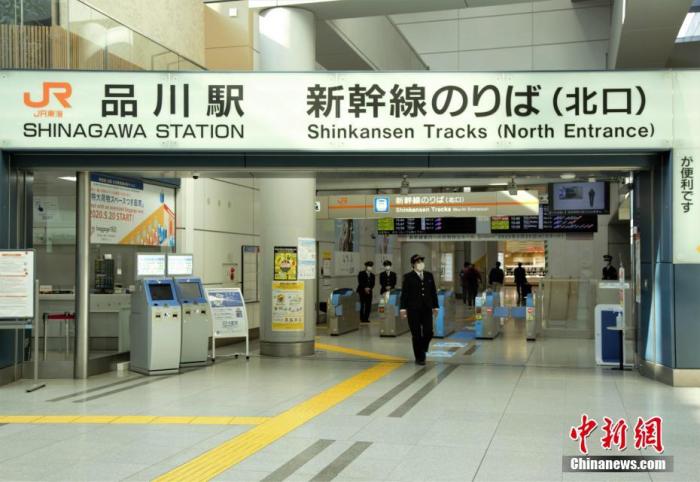China News Service, April 8 (Xinhua) According to the Japan Broadcasting Association (NHK), the 8th is the first day of the declaration of emergency in Japan. Since the declaration does not restrict public transportation, the 8th is the capital of Tokyo, starting from the first departure. The circle traffic schedule is as usual.
Japanese Prime Minister Shinzo Abe issued an emergency declaration on the 7th, covering seven prefectures including Tokyo. Among them, there are four districts in the metropolitan area, namely Tokyo, Saitama, Kanagawa and Chiba.
On April 4, local time, there are very few passengers at the Shinkansen Tokyo Shinkansen boarding gate. China News Service reporter Lu Shaowei
Abe said on the 7th that the declaration would not have an impact on the public transportation system and emphasized that "it is absolutely unnecessary to stop public transportation." From the early morning of the 8th, all tram lines and buses in the Japanese capital circle are operating normally.
However, in the future, the number of passengers may be reduced or suspended according to the request of the Japanese government or the number of passengers greatly reduced. At present, relevant transportation companies are discussing this issue.
On the other hand, airlines that have reduced passenger numbers and have already reduced their frequency and suspension of operations on a large scale have also indicated that if the passengers are further reduced due to the entry into force of the emergency declaration, they will have to consider continuing to reduce the number of flights and suspension of some routes.
As of 12:00 noon on the 8th local time, the cumulative number of newly diagnosed cases of Japanese New Coronary Pneumonia was 4,490, and 98 deaths.

